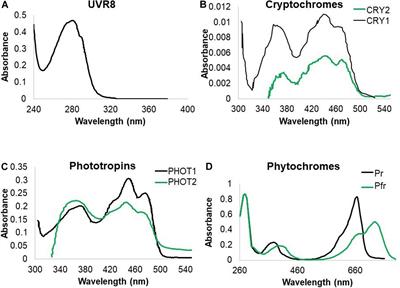LOL! I think we all want to be happy, but as the Buddhists say: "All life is suffering"oh no, you're such a meanie! you've burst my little bubble of happiness!
Or something like that.
Anyway, my argument is simply: attack the argument – don't attack the person.





